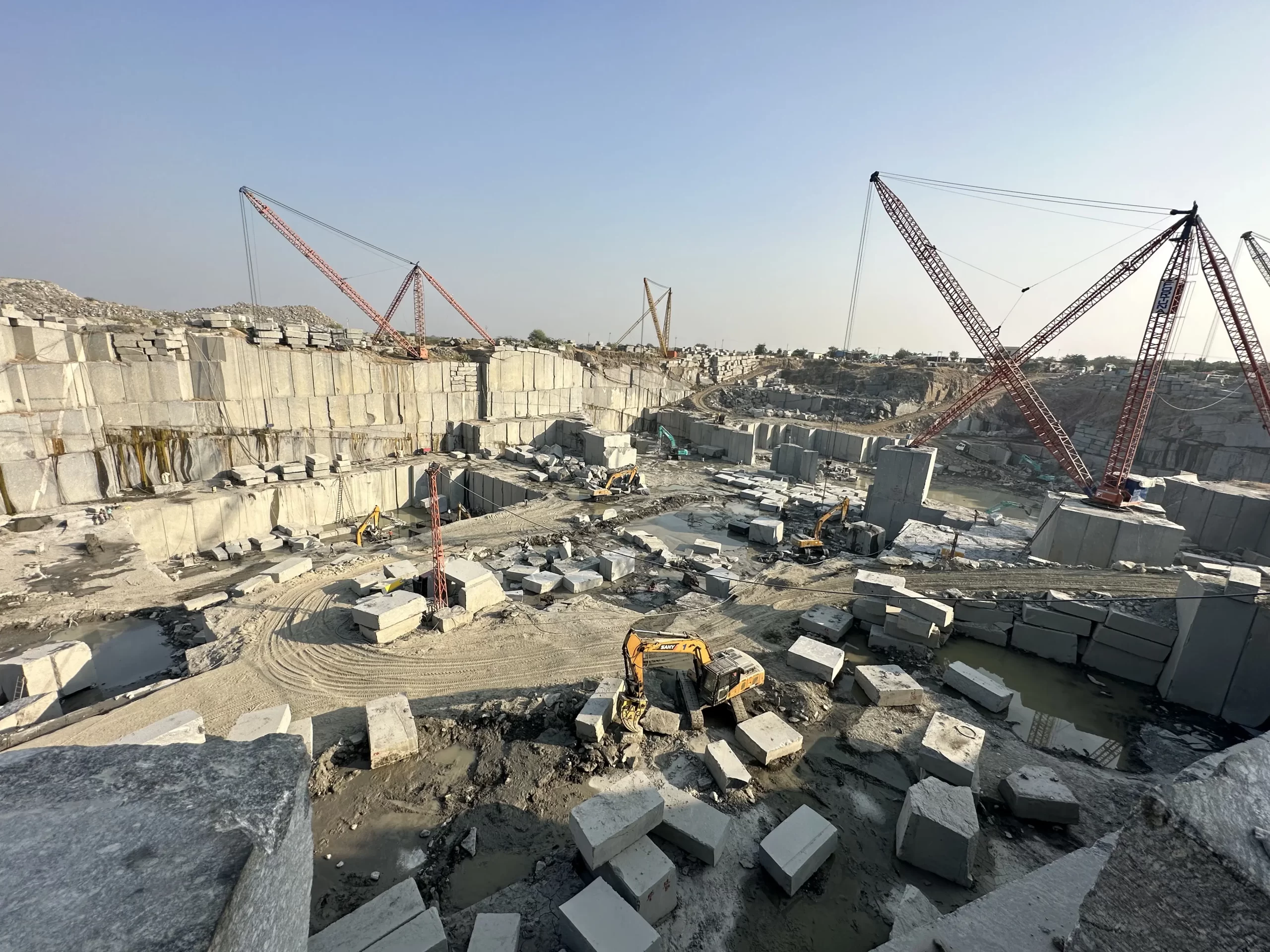Discovering the Rich History and Sustainable Practices of Granite Quarrying
As we depend on the precipice of uncovering the complex tapestry of granite quarrying, a trip via time reveals not just the physical act of removing rock but also the cultural and historical significance woven into the extremely material of this practice. From the old beginnings that laid the foundation for modern quarrying methods to the sustainable practices that are shaping the future of this sector, each carve mark on granite surface areas narrates waiting to be discovered (granite quarries in south africa). The legacy of granite quarrying extends far past plain extraction; it is a testament to human resourcefulness, resilience, and the long-lasting attraction of this marvelous stone
Old Beginnings of Granite Quarrying
Going back to old civilizations, the technique of quarrying granite has actually been an indispensable part of human history and building development. The earliest evidence of granite quarrying days back to old Egypt, where enormous pyramids and detailed sculptures were crafted from this resilient stone. The Egyptians utilized primitive devices to extract granite blocks from quarries, showcasing the importance of this product in their significant building and constructions.
Progressing in background, the Greeks also made substantial payments to the quarrying of granite. The Greeks used granite in numerous architectural wonders, such as holy places and sculptures, showing their ability in shaping and sculpting this sturdy stone. The Romans additionally refined the strategies of quarrying granite, utilizing advanced devices like blades and hammers to extract and form granite for their renowned frameworks.
Via the centuries, the method of quarrying granite has progressed, with contemporary technologies enhancing effectiveness while preserving the ageless charm of this natural stone - granite quarries in south africa. From ancient civilizations to contemporary building contractors, the tradition of granite quarrying continues to form our globe
Evolution of Quarrying Techniques
The development of quarrying strategies has been marked by a continual progression towards greater efficiency and precision in drawing out granite. Early quarrying techniques entailed manual labor with standard tools such as knives, hammers, and wedges to draw out granite blocks from the earth.
In more recent times, the introduction of machinery revolutionized the quarrying industry, enabling faster extraction prices and increased efficiency. Technologies such as ruby cable saws, high-pressure water jets, and pneumatically-driven drills have ended up being standard in contemporary quarries, allowing for accurate cutting and lowered waste. Developments in computer-controlled equipment and 3D modeling have actually optimized quarrying operations, leading to minimal environmental impact and improved sustainability practices. As the demand for granite continues to increase, the development of quarrying strategies continues to be essential to conference industry needs effectively and sustainably.
Social Importance of Granite
Granite holds an extensive cultural value throughout numerous worlds due to its enduring existence in building masterpieces and revered monuments. From the stunning pyramids of Egypt to the complex carvings of the Angkor Wat temple in Cambodia, granite has actually been a product of choice for revealing majesty and long life in social heritage. In ancient Rome, granite columns adorned temples and public structures, signifying strength and durability. The social significance of granite prolongs beyond its physical qualities; it symbolizes resilience, security, and timelessness, making it a symbol of withstanding traditions and practices.

Lasting Practices in Quarrying
In the middle of the abundant background of granite quarrying and its social significance exists an expanding focus on sustainable methods within the sector. As environmental awareness and concerns concerning resource deficiency have increased internationally, the quarrying sector has significantly embraced sustainable methods to lessen its impact on the setting and bordering communities.

Additionally, improvement and recovery of quarry sites post-extraction are essential to sustainable methods. By restoring quarried areas to an all-natural or helpful state, such as developing wild animals habitats or recreational spaces, quarriers can offset the environmental impact of their operations and add positively to the regional environment.
Legacy of Granite Quarrying
With a historic background steeped in workmanship and commercial progress, what sustaining influence has granite quarrying left on the landscape of modern-day culture? The legacy of granite quarrying transcends plain removal practices; it has actually formed building wonders, metropolitan landscapes, and cultural heritage worldwide. The resilient nature of granite has made it a preferred choice for additional reading monoliths, structures, and framework, standing as a testimony to the skill and artistry of quarry employees across generations.
Furthermore, the economic impact of granite quarrying can not be forgotten. The market proceeds to their explanation supply employment possibility and drive local economies in regions where granite removal prevails. It has actually also stimulated technical advancements in quarrying methods and equipment, leading to much more effective and sustainable methods.
In terms of sustainability, the legacy of granite quarrying consists of efforts to alleviate ecological effects through improvement projects and liable resource monitoring. By balancing economic interests with environmental stewardship, the sector makes every effort to ensure that future generations can continue to take advantage of this enduring all-natural source.
Conclusion

Comments on “Checking Out Granite Quarries in South Africa Industry: From Quarry to Work of art”